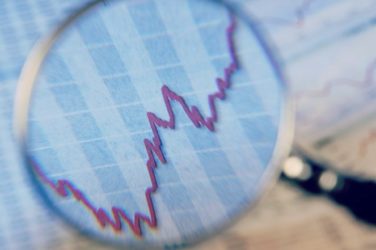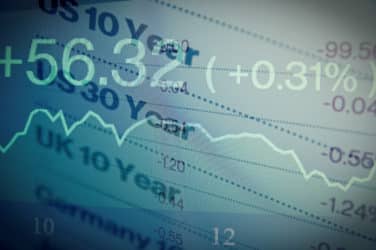
Market participants are keen to start trading fixed income instruments electronically, according to Supurna Vedbrat of BlackRock.
“Equities, derivatives and foreign exchange are traded by the buy side almost entirely electronic,” said Vedbrat at Markets Media’s Future of Electronic Fixed Income Trading 2012 conference in New York on Tuesday. Vedbrat is a managing director and co-head of electronic trading and market structure at BlackRock, the largest asset manager in the world. “Fixed income may be next,” she added.
The widespread shift by the capital markets to electronic trading has occurred in stages. Foreign exchange trading is said to have been one of the earliest adopters of electronic trading, as the large global banks engaged in interbank trading. Equities followed as electronic trading platforms such as Nasdaq, which started operations in 1971, continually captured market share away from the incumbent New York Stock Exchange, which then dealt primarily with floor trading.
As with any asset class, the shift to electronic trading also brings about an increase in algorithmic trading. A consequence of algorithmic trading is smaller order sizes and an increased number of trades, as large complex orders get broken up into smaller orders where they ultimately get routed to any number of venues. Being a mostly over-the-counter market, fragmentation in the bond market is high.
With a number of high-profile scandals occurring in recent years, including the collapse of MF Global, and a growing sentiment of economic uncertainty, risk management becomes more important than ever for market participants.
“On the sell side, one of the most common enquiries we get involves increasing our ability to manage risk on our electronic trading platform,” said Chris White, business manager for global credit e-distribution and product development at bulge bracket bank Goldman Sachs. “We’re seeing more and more corporate bond inquiries as electronic trading is increasingly used to manage risk. It’s a matter of matching our technology with the growth we’re seeing from a broker-dealer perspective.”
Philippe Buhannic, chief executive of trading and technology provider TradingScreen, added: “The main issue for the buy side is the challenge of compliance.”
Indeed, regulatory uncertainty is one of the key issues for many market participants, as Dodd-Frank, which proposes major changes to the U.S. financial services landscape, has yet to be finalized and the Volcker Rule, which is set to ban proprietary trading by commercial banks, is poised to cull bank balance sheets. It has left many to comply with the new rules even before they have been finalized.
“Even without implementation of the new rules, there has been tremendous change and growth,” said Goldman Sachs’ White. “Market structure is moving at warp speed, not only on the buy side but also the sell side.”





